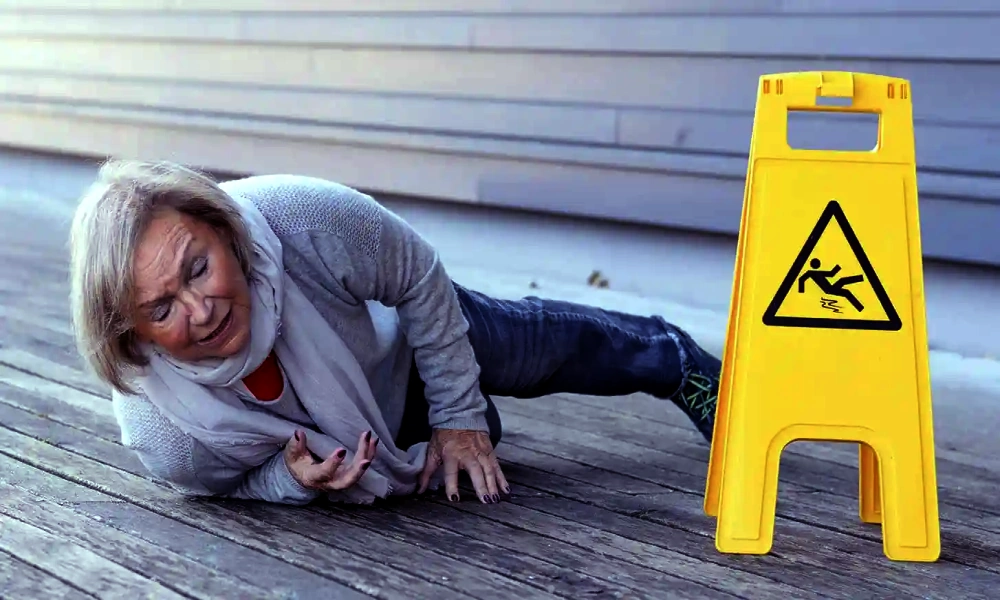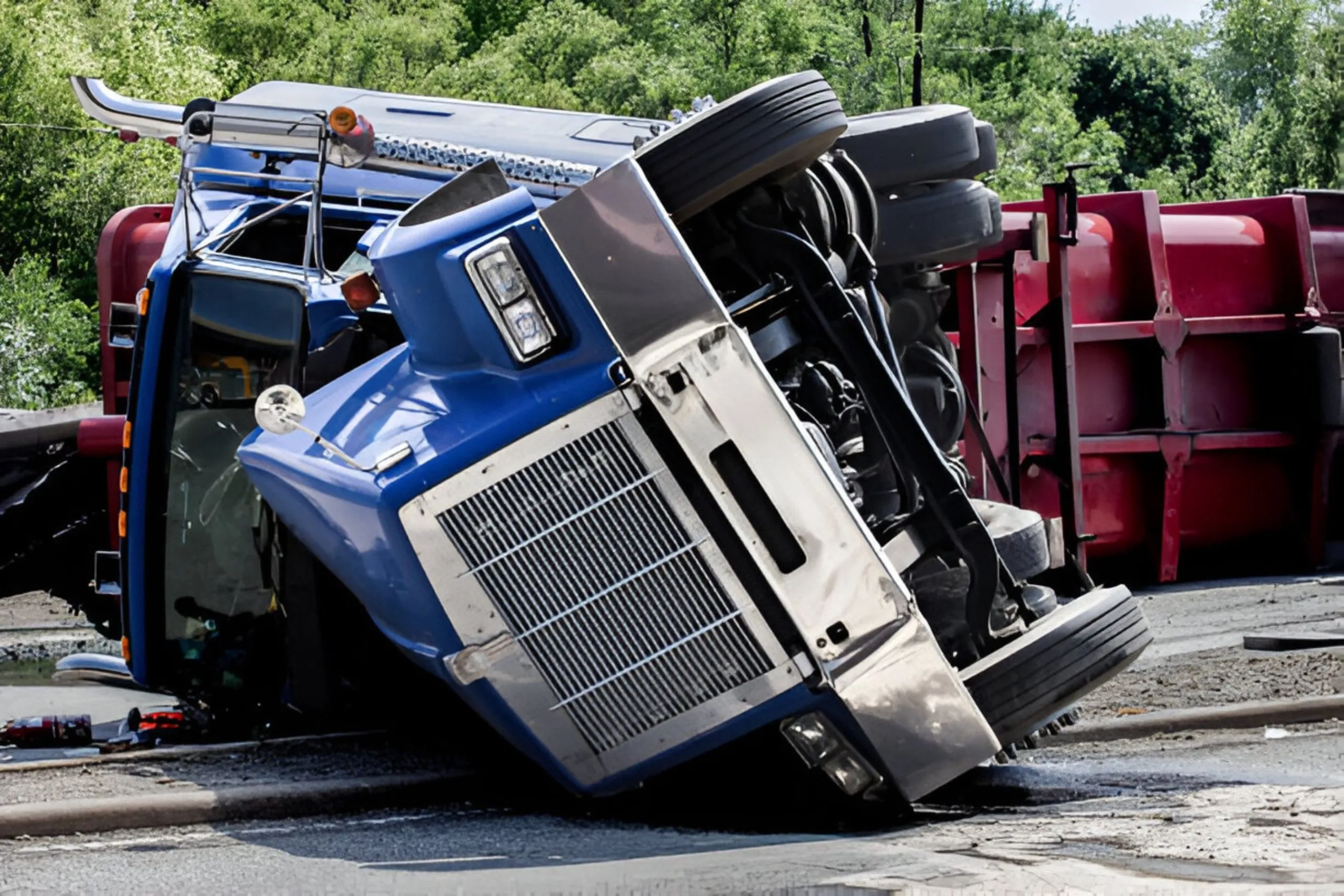How to Prove fault motorcycle lane splitting accident Texas
(Introduction): For motorcyclists in Texas, navigating the congested traffic of cities like Houston, Dallas, or Austin is a daily challenge. The temptation to “lane split”—or ride between two lanes of slow-moving or stopped traffic—is strong. It saves time and can feel safer than being a sitting duck in a traffic jam.
But what happens when another driver doesn’t see you, suddenly changes lanes, and strikes you while you’re in that gray area between lanes?
You’re left injured, your bike is damaged, and the insurance company has a simple, devastating response: “You were lane splitting. That’s illegal in Texas. This is 100% your fault.”
Is it that simple? Absolutely not.
While it’s true that lane splitting is illegal in Texas, that does not automatically make you 100% responsible for the accident. The key to your case lies in a complex Texas legal doctrine: Modified Comparative Fault.
This article will explain the law, how fault is really determined, and the steps you must take to prove the other driver was more at fault than you.
The First Hurdle: Is Lane Splitting Legal in Texas?
Let’s clear this up immediately. No, lane splitting is not legal in Texas.
Unlike California, which has formally legalized the practice, Texas law is clear. The Texas Transportation Code (Sec. 545.060) states that an operator of a motorcycle is “entitled to the full use of a lane,” and no motor vehicle may be driven in a way that deprives a motorcycle of that full lane.
This is interpreted to mean that two vehicles cannot share a lane. By riding between lanes, a motorcyclist is technically violating this statute.
Because you were breaking this law when the accident occurred, the other driver’s insurance adjuster will start from the position that you are 100% at fault. Your case, therefore, is not about proving you were blameless; it’s about proving you were less to blame than the other driver.
The Key to Your Case: Understanding Texas’s “51% Bar Rule”
This is the most important legal concept you need to understand. Texas operates under a “Modified Comparative Fault” system, also known as the “51% Bar Rule.”
Here is how it works:
- A jury (or judge) listens to all the evidence and assigns a percentage of fault to everyone involved in the accident.
- Your total compensation (for medical bills, lost wages, pain and suffering) is then reduced by your percentage of fault.
- This is the “Bar”: If you (the motorcyclist) are found to be 51% or more at fault, you are legally “barred” from recovering any money at all. You get $0.
Let’s look at two scenarios:
- Scenario A (You Lose): The jury decides the other driver was 40% at fault (for a sudden lane change), but you were 60% at fault (for illegally lane splitting). Because you are more than 51% at fault, you get nothing.
- Scenario B (You Win): The jury decides you were 30% at fault (for lane splitting). But they find the other driver was 70% at fault (for texting and driving and swerving into you without a signal). If your total damages are $100,000, your award is reduced by your 30% fault, and you would recover $70,000.
Your entire legal battle is to prove the other driver’s negligence was greater than 50%.
How to Prove the Other Driver Was More at Fault
So, how do you prove the other driver was 70% at fault while you were only 30% at fault? This is where an experienced lawyer and a rapid investigation are critical. You must gather evidence to show the other driver was actively negligent.
Common examples of driver negligence that can outweigh lane splitting include:
- Distracted Driving: Were they texting, eating, or looking at their GPS? Evidence from phone records or eyewitnesses is crucial.
- Unsafe Lane Change: Did they change lanes without using a turn signal?
- Failure to Check Blind Spot: Did they admit to “not seeing you” (which is often an admission of not looking)?
- Driving Under the Influence (DWI): If the driver was intoxicated, this heavily shifts the fault in your favor.
- “Door-ing”: In stopped traffic, did a driver or passenger suddenly open their car door into your path?
Here is the evidence your attorney will use to build your case.
1. The Official Police Report
This is the first piece of evidence. While the officer will likely note that you were “lane splitting,” that’s not the end of the story. Did the officer also issue a citation to the other driver? Any citation for “Failure to Yield Right of Way,” “Unsafe Lane Change,” or “Distracted Driving” is powerful evidence.
2. Video Evidence (The Game Changer)
In a “your word against theirs” scenario, video is king. Your lawyer will immediately search for:
- Dashcam Footage: From your own helmet/bike, the other driver’s car, or nearby witnesses.
- Traffic Cameras: From TxDOT, toll roads (like the Sam Houston Tollway), or red-light cameras.
- Surveillance Video: From businesses (gas stations, storefronts) overlooking the accident scene.
A video showing the car swerving violently without a signal is often enough to push the driver’s fault percentage well over 51%.
3. Eyewitness Testimony
Independent witnesses are invaluable. What did other drivers see? Did they see the car drifting for miles? Did they see the driver’s head down (indicating texting)? Your legal team must identify and contact these witnesses immediately, before their memories fade.
4. Accident Reconstruction Experts
In serious injury cases, your lawyer will hire an engineer to act as an accident reconstruction expert. This expert can analyze skid marks, vehicle damage, and crash debris to scientifically prove how the accident happened. They can create a physics-based report demonstrating that the car’s sudden movement, not your position on the road, was the primary “proximate cause” of the collision.
WARNING: Do NOT Talk to the Insurance Adjuster Alone
After the accident, you will get a call from the other driver’s insurance adjuster. Their goal is simple: to get you to admit fault so they can deny your claim.
They will be friendly. They will say, “We just need your side of the story for our records.” Then they will ask the critical question: “Were you riding between the lanes?”
If you say “yes,” that recorded statement will be used to place 100% of the blame on you. They will close the claim, and you will get nothing.
You must not give a recorded statement. Your only response should be: “I am being treated for my injuries, and my attorney will be in contact with you.”
Conclusion: Don’t Assume You Have No Case
Yes, lane splitting is illegal in Texas. But that is not the end of your story. It is just the beginning of the legal argument.
Do not let an insurance adjuster bully you into thinking you have no rights. If you were injured because a driver was texting, drunk, or simply reckless, you may still have a strong case. Under Texas’s comparative fault law, you can still recover compensation as long as you can prove the other driver was more at fault than you.
Proving this requires an immediate, aggressive investigation to gather the evidence needed to win.
(Disclaimer: This article is for informational purposes only and does in no way constitute legal advice. If you were injured in a motorcycle accident, contact a qualified Texas personal injury attorney immediately for a free consultation on your specific case.)




